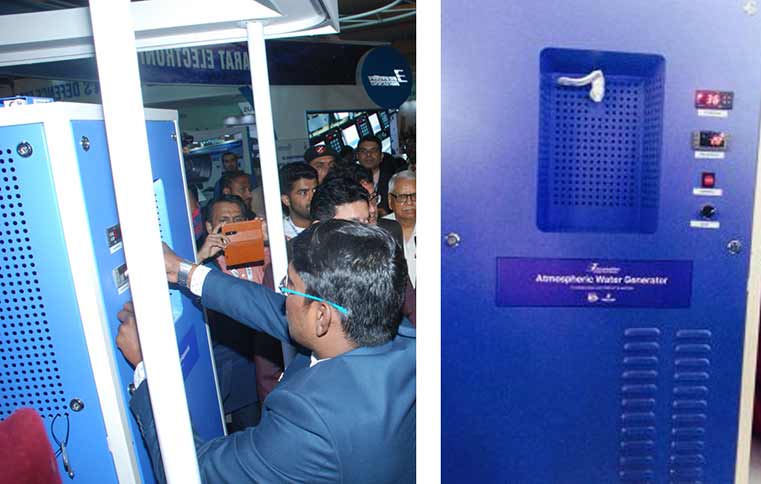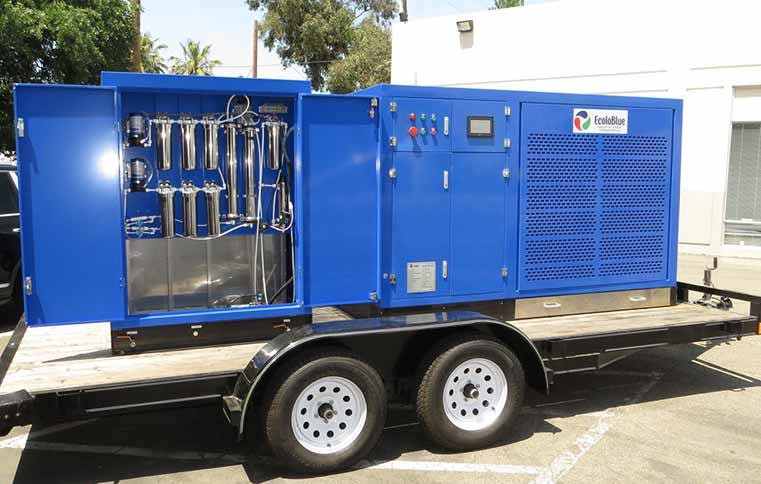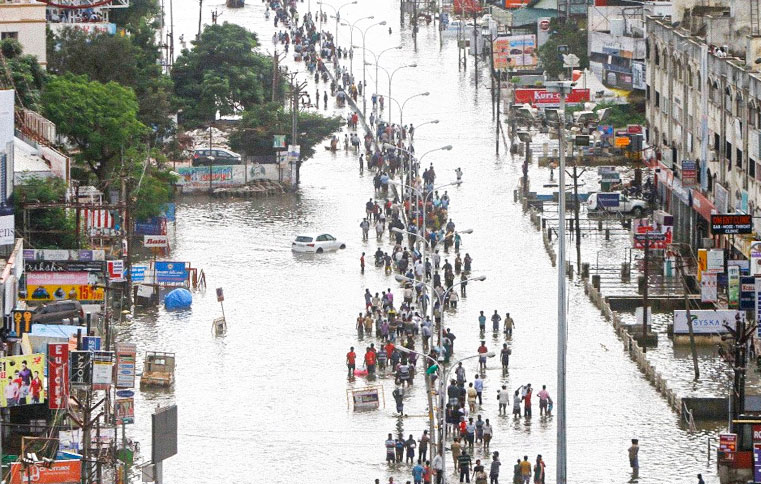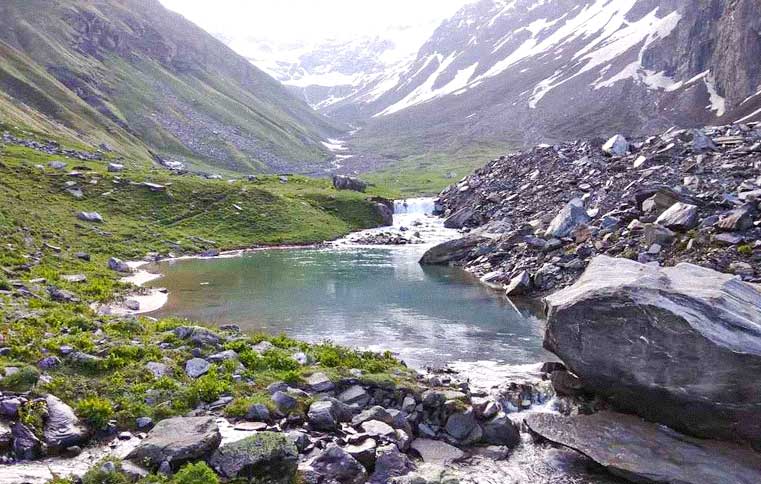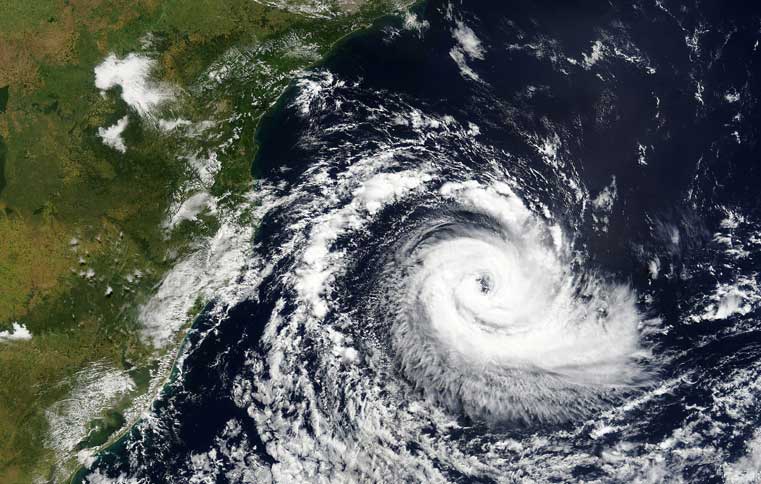Atmospheric Water Generator : Water From Thin Air - PART II
By: Saurabh Kulkarni | Date: 16th September 2019
Before digging into the AWG, let us understand the water cycle i.e. the continuous flow of water between the earth and its atmosphere. As strange as it may sound, water content on earth has always been constant since ages. What changes is the physical form of water.
The water in oceans, rivers and other water bodies is heated due to the sun resulting in the evaporation of water into water vapour.
Due to the circulation of atmosphere this water vapour travels throughout the earth and keeps on going higher in altitude to form clouds and when the clouds collide with each other the earth receives the water vapour in the form of rain and at some places in the form of snow.
Almost all the volume of rain gets accumulated back into oceans, rivers, lakes, etc. And the cycle continues. At any point in time, water vapour is continuously available over the earth surface due to evaporation, but distributed in uneven quantity.
Voila! We have another natural resource to exploit at our convenience, or maybe not.
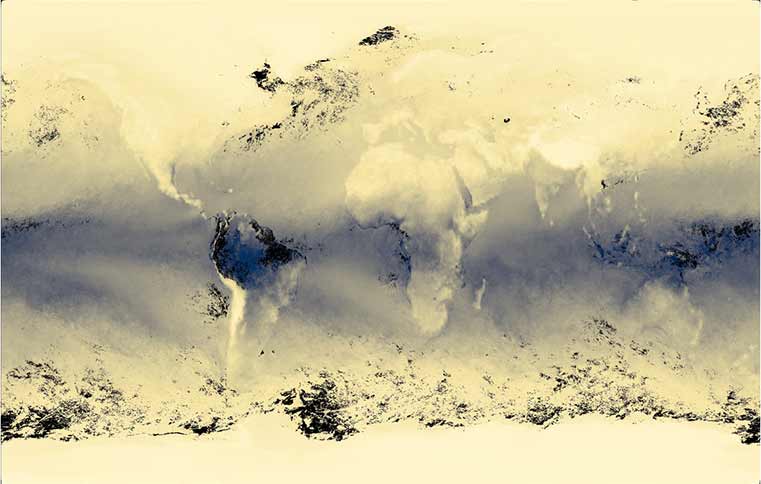 The darker the region, the more is the amount of water vapor present. Image Source: NASA Earth Observations
The darker the region, the more is the amount of water vapor present. Image Source: NASA Earth Observations
What is Atmospheric Water Generator (AWG)?
A machine that extracts water from the air which contains it (water) in the form of water vapour through set of processes such as condensation, desiccation, pressurization of air, etc.
There are quite a few variants of this device most of which have similar processes required to get water but they mainly differs in input energy provided to carry out the whole cycle.
Conventional input source would be coal-based electricity, but this causes carbon emission which cannot be afforded for a few litres of water extraction.
Next in line is the use of wet desiccants (desiccant is a solid substance that absorbs water) such as lithium chloride or lithium bromide and solid desiccants such as silica gel & zeolite. The solar power input to run the system is the sustainable alternative.
How does it work?
The chemical composition of Water is as simple as 2 atoms of hydrogen & 1 atom of oxygen (H2O). So why don’t we just collide them together in a laboratory and boom there’s your water! But this explosion can be uncontrollable. Thus we need a controlled system to produce water.
1. Cooling Condensation
This system comprises of 5 major components and a refrigerant which is nothing but a heat transfer fluid (literally means transmission of heat through a liquid). This is a two way parallel process.
From one end, refrigerant is made to flow from compressor to condenser and then to the evaporator coil where it lowers the temperature of the air, which is allowed by the air filter to enter into the system from the other end.
When the air is cooled below the dew point, condensation takes place and water is collected into the tank. This water is then passed through water filtration sub-systems in order to cleanse & purify from the various bacteria and viruses contained in the air & mineralise to make the water potable & healthy.
Three factors are responsible for the rate at which the water can be produced-
a) Relative Humidity
b) Ambient Air Temperature
c) Size of The Compressor
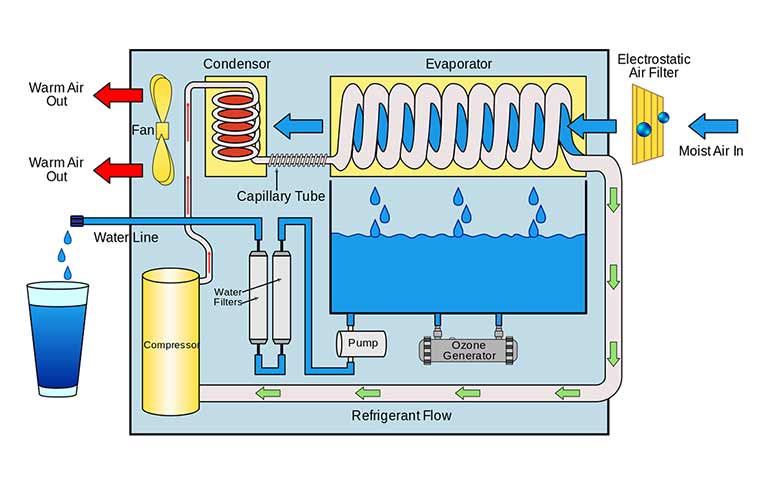 Atmospheric Water Generator work flow with diagram. Image Source: Wikipedia
Atmospheric Water Generator work flow with diagram. Image Source: Wikipedia
2. Desiccant method
Chemistry is of essence here! Desiccant is a chemical substance what absorbs the water content in air and brings dryness into its surrounding. Production of water in this method makes use of salt (a natural desiccant) in a concentrated brine solution to absorb the humidity air.
Further the water is extract from the above solution to consume only after purification of the extracted water.
The portable variant of this technology is already been introduced expected to get water of volume 4550 litres per day, which 1 litre of fuel is required to get 5.5 litres of water.
The US Army & US Navy is considering seriously getting this technology for their respective uses. Such a type of AWG is mostly used by the military and big industries. Being energy efficient, these AWGs are quite expensive to serve general public but huge enterprises.
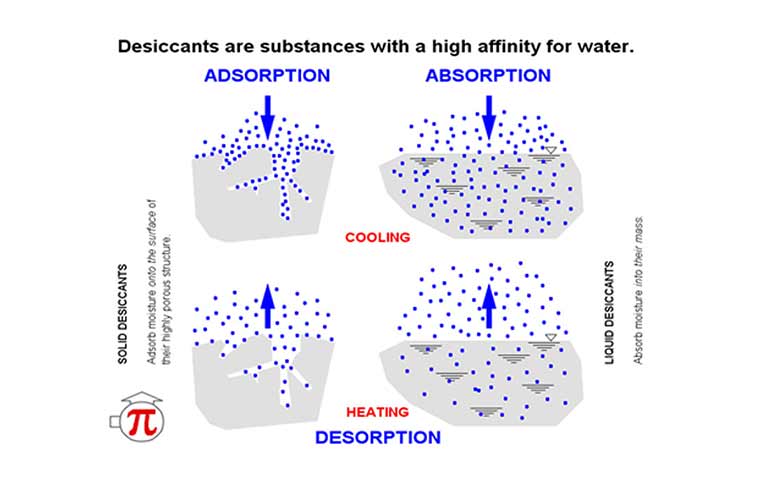 Image Source: Science Direct
Image Source: Science Direct
This is certainly not commercially viable and environmentally sustainable. Though, there is another technology which is under research which uses desiccant method but with a mix of passive solar energy and gravity. One can check the whole story here:
>> Click Here: Drinking water from air humidityIn the need part, let us have a glance over the research going on to make widespread the technology of AWG commercial, tangible and affordable way.




